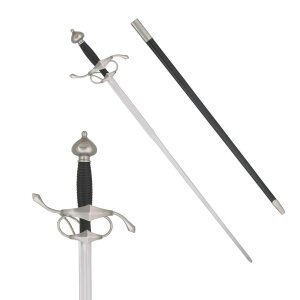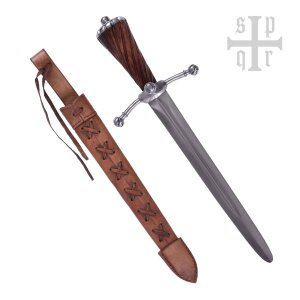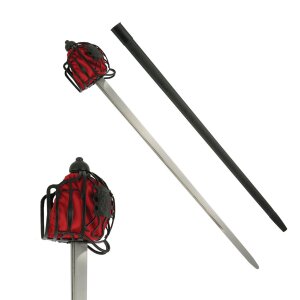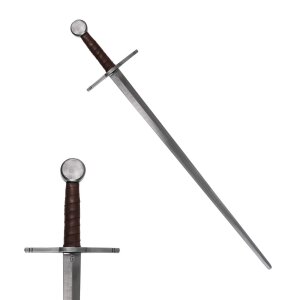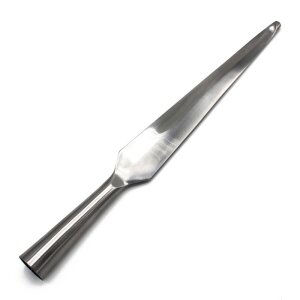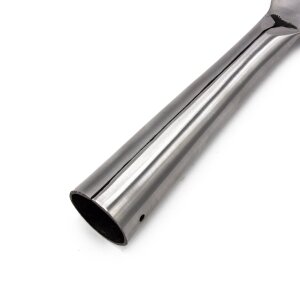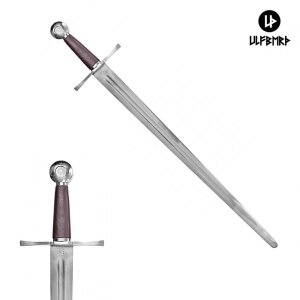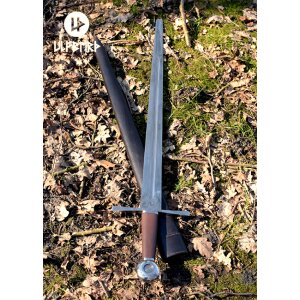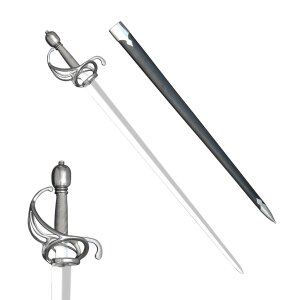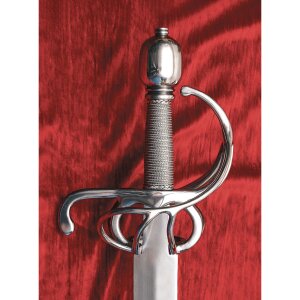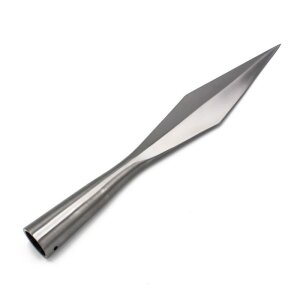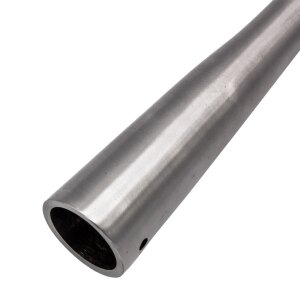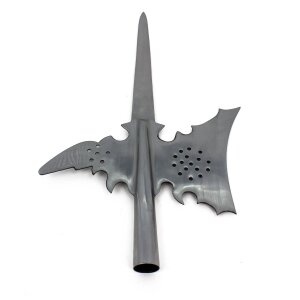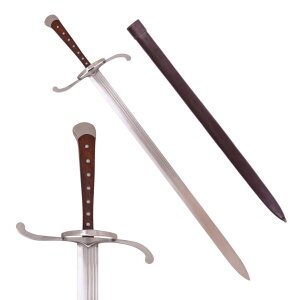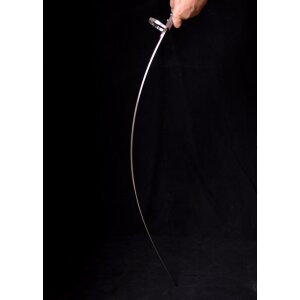Similar items
459,99 € *
- Available
-
Delivery time: 6 - 7 working days* (DE - int. shipments may differ)
129,99 € *
- Available
-
Delivery time: 6 - 7 working days* (DE - int. shipments may differ)
429,99 € *
- Available
-
Delivery time: 6 - 7 working days* (DE - int. shipments may differ)
258,95 € *
- Item out of stock
24,99 € *
- Available
-
Delivery time: 2 - 3 working days* (DE - int. shipments may differ)
159,99 € *
- Available
-
Delivery time: 6 - 7 working days* (DE - int. shipments may differ)
224,99 € *
- Available
-
Delivery time: 6 - 7 working days* (DE - int. shipments may differ)
44,90 € *
- Available
-
Delivery time: 2 - 3 working days* (DE - int. shipments may differ)
59,99 € *
- Available
-
Delivery time: 6 - 7 working days* (DE - int. shipments may differ)
199,99 € *
- Available
-
Delivery time: 6 - 7 working days* (DE - int. shipments may differ)
Question about item
pieces

